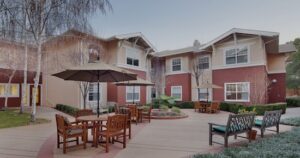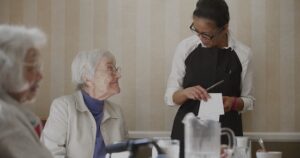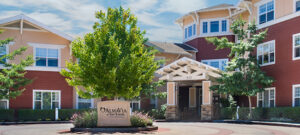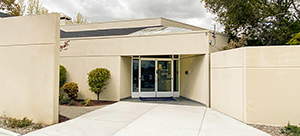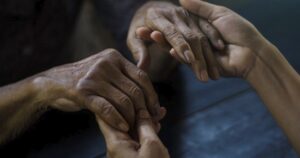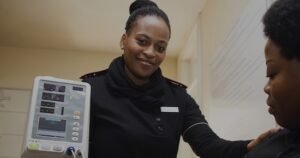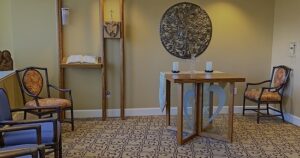For older adults and their families, preventing falls is one of the most important aspects of maintaining health and independence. One of the tools most commonly used by healthcare professionals to assess fall risk is the Morse Fall Risk Scale. This simple but effective scoring system helps determine how likely a person is to experience a fall, allowing caregivers and medical professionals to put preventive measures in place before an accident occurs.
Whether you’re a caregiver, a concerned child of an aging parent, or simply planning ahead, knowing how the Morse Fall Risk assessment tool works can provide peace of mind and the knowledge you need to take proactive steps.
What Is the Morse Fall Risk Scale?
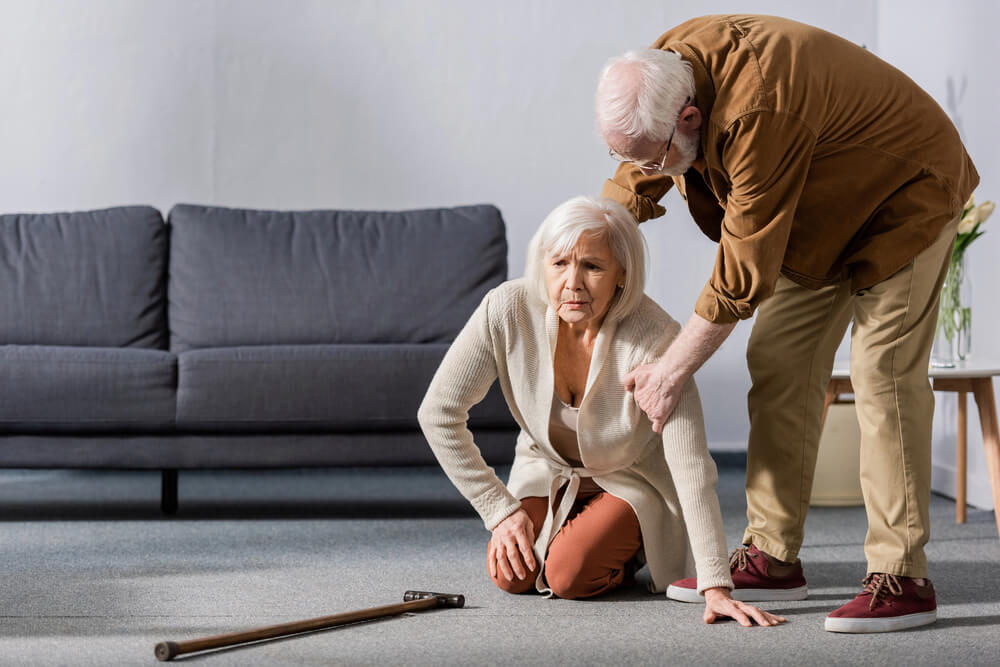
The Morse Fall Risk Scale is a widely used clinical tool designed to assess the likelihood that an older adult will fall. It assigns a numerical score based on a series of questions, resulting in a total score ranging from 0 to 125. The higher the score, the greater the risk of falling.
This tool is especially important in hospitals, nursing homes, and home care settings where fall prevention is a top priority. By identifying fall risk early, families and healthcare providers can create a safer environment and reduce the chances of injury..
How Is a Morse Fall Risk Score Calculated?
The Morse Fall Risk score is determined by evaluating six specific categories that contribute to fall risk. Each category has its own point value, and the total score helps identify whether the person is at low, moderate, or high risk for falls.
Score Categories
Each of the categories in the Morse Fall Risk assessment tool reflects a factor that is known to increase the chance of a fall in aging adults.
History of Falls
If the person has fallen recently, they are more likely to fall again. A fall within the past three months earns a score of 25 points. If there’s no recent fall, the score is 0.
Mental Status
This evaluates the person’s ability to understand and act within their physical limitations. An aging adult who recognizes their limitations and moves carefully scores 0. If they frequently attempt actions beyond their ability, such as getting up alone despite needing assistance, they score 15 points.
Secondary Diagnosis
A secondary diagnosis, meaning an additional medical condition beyond the primary one, often increases the risk of falls. If present, this adds 15 points. If not, the score remains at 0.
IV Therapy or Heparin Lock
The presence of an IV line or heparin lock can interfere with movement and increase fall risk. If either is present, the individual receives 20 points. If neither is in place, the Morse Fall Risk score is 0.
Gait
Gait refers to how a person walks and is an important factor in assessing fall risk. If the individual has a normal gait or is immobile due to bed rest, they receive a score of 0 points. However, if they have a weak gait, they score 10 points, indicating some difficulty with walking but not severely impaired. An impaired gait, which includes issues like shuffling or poor balance, results in a score of 20 points.
Use of Mobility Aids
Use of Mobility Aids refers to whether the individual relies on any aids, a cane or a walker, to assist with movement. If no aid is needed, the person receives a score of 0 points. However, if they require a mobility aid, they score 15 points, as these devices are helpful but can still pose a risk if not used properly. If the individual relies on furniture or walls for support while walking, they score 30 points, indicating a higher risk of falls due to instability or improper use of objects for balance.
Interpretation of the Score

Understanding what the final Morse Fall Risk score means is essential for taking appropriate next steps.
0-24
Older adults in this range are at minimal risk for falling. No special precautions are typically necessary beyond standard safety awareness.
25-45
This score range suggests that extra attention should be given. Caregivers may consider making the living environment safer by removing hazards, encouraging regular balance exercises, or scheduling check-ins.
45-125
A high risk score means the aging adult is significantly more likely to fall. Close supervision, professional care, and even considering alternative living arrangements may be necessary. In many cases, families are encouraged to explore senior living communities that are equipped to manage the needs of high-risk individuals in a supportive and secure environment.
How Can Falls Be Prevented for Aging Adults?
Once an older adult’s Morse Fall Risk score is known, the next step is prevention. Fortunately, there are several practical ways to lower the risk of falls and keep your loved one safe.
Using Mobility Aids
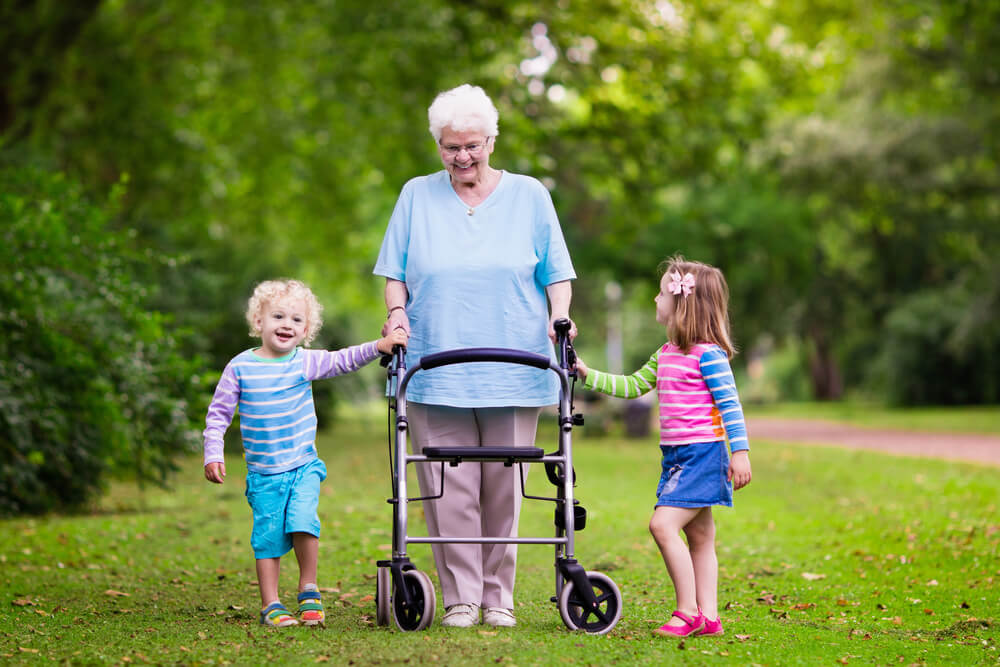
If a doctor or therapist has recommended a cane, walker, or other assistive device, consistent use is key. Some older adults may resist these aids due to pride or discomfort, but they’re essential for stability and confidence while walking.
Exercising Regularly
Simple balance and strength exercises can significantly reduce the risk of falls. Chair yoga, tai chi, or even light stretching can help aging adults maintain muscle tone and coordination. These can often be done at home or as part of a group class, helping boost both health and social interaction.
Removing Dangers in the Home
Falls often happen due to hidden hazards. Make sure your loved one’s home is as safe as possible:
- Keep pathways well-lit
- Remove loose rugs or floorboards
- Eliminate low furniture that’s easy to trip over
- Store daily items within easy reach
- Install grab bars in bathrooms and stairways
Even small changes can dramatically reduce fall risk in older adults.
Consider Senior Living Communities for Adults With a High Fall Risk
For older adults who score high on the Morse fall risk assessment tool or those already exhibiting signs of frequent imbalance, it may be worth considering a senior living community. These communities are specifically designed to reduce the likelihood of falls and to respond quickly if one occurs. They offer more than just care. They provide opportunities for connection, wellness programs, and safe daily routines that support independence without sacrificing safety.
If you’re not sure whether senior living is the right next step, the team at Elder Care Alliance is here to help. We can walk you through the available options and help determine what type of care best suits your loved one’s needs. Contact us today to learn more about the Morse Fall Risk scale and discuss how we can assist you in making the best decision for your family.

